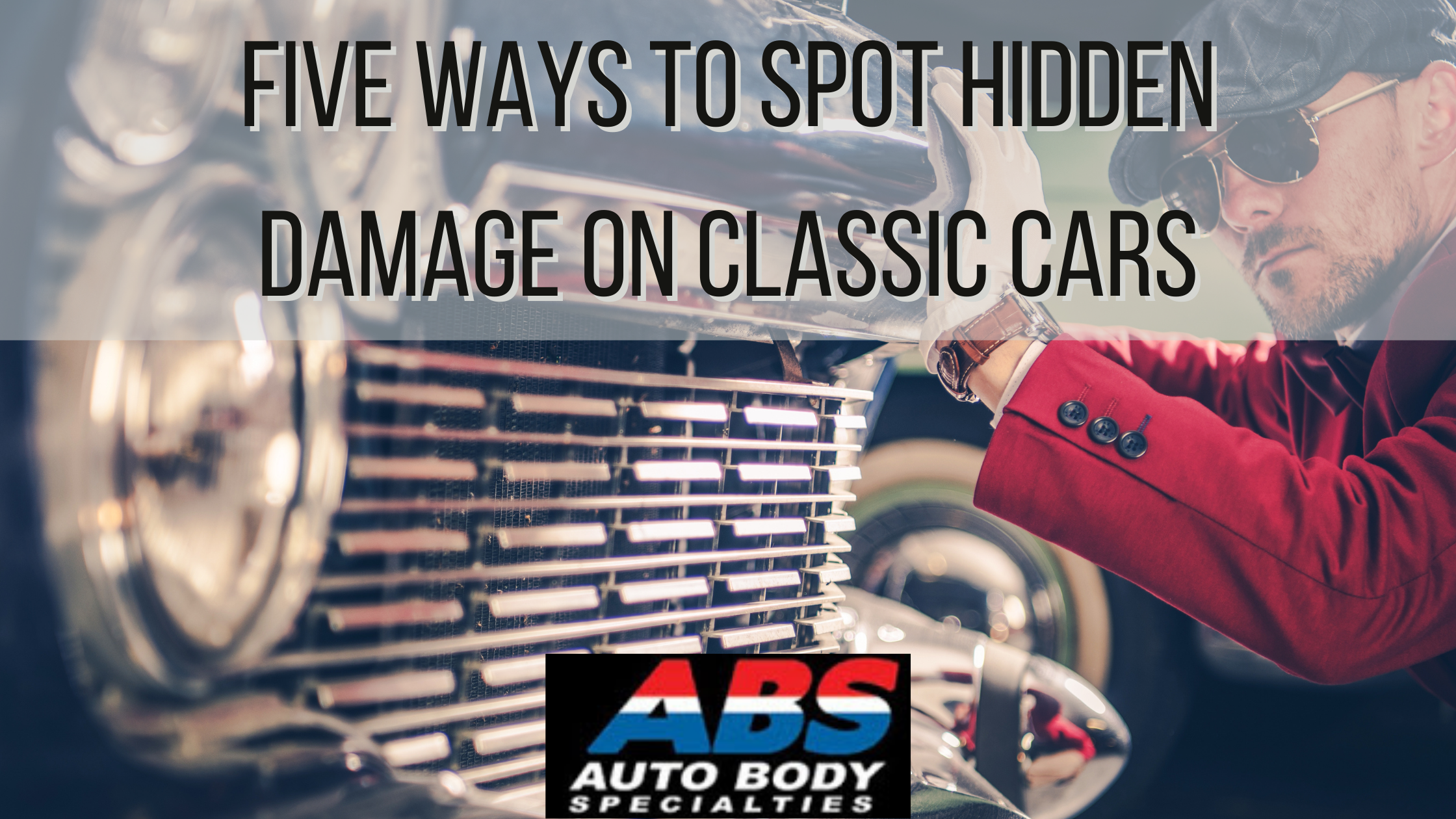
The sun is shining, the pandemic is winding down, and states are almost fully open again. With this, we are seeing an increase in our restoration hobbyists coming in for classic auto body parts. Car shows are back and many sellers will want to show their classic cars they have for sale. If you are just starting out in classic car restoration, or an experienced professional, you might be eager to make a quick purchase for a summer project. Before you do this, please check out our article this week on five ways to spot hidden damage on classic cars.
Five Ways to Spot Hidden Damage on Classic Cars
Should I buy a classic car with wavy panels?
If you’re examining the cars body, make sure you look for wave panels. Wavy panels can be extremely time consuming and expensive to fix. You’ll have to spend ample time with a hammer, dolly, a sander and applying filler. Sheetmetal is extremely hard to get back to a proper level. However, if the wavy panels are made of steel, you may have an easier time working with them.
How can I tell if the car leaks water?
Leaks are easy to hide and so is their damage. An easy way to tell if there are leaks is to check the package tray near the rear window. If there is discoloration, there is likely a leak. If you do notice the discoloration, be sure to check the truck and under the rear seat as that is where the water is likely to pool. The car may also have a musty smell.
How much rust is safe for the car to have?
Just because the current owner of the car tells you they repaired all the rust posts, does not mean its true. If you are comfortable repairing rust, you may want to repair the smaller spots on your own but if there is a lot of rust that is hidden, the car may be worth a lot less. Check underneath the car and see if there are any brown stains. If there are, that could mean there is rust that is being hidden. If you suspect that there might be rust around the car’s door, check the lip for Bondo and creases. Finding either of these may mean there is rust.
What does the “car has great lines” mean?
When you first go to check out your potential buy, you’ll want to closely examine the cars lines. Check the lines on quarter panels, between the doors, the trunk, and the hood. All of the lines should be uniform in distance, the lines between the front doors and fenders should have a very small gap that is the same size throughout it’s length. If there are any areas that have large gaps, it could indicate that there was past collision repair done improperly.
Checking the bumpers for damage
Bumpers and body panels can end up misaligned. If the bumper and body panels don’t line up correctly, it is possible that the bumper was previously removed or not realigned properly. It is most often caused by some type of impact. Take into account that if the current owner is trying to hide the problem with the bumper, they may also be hiding the fact that the car was in a bad collision in the past.
 US Dollars
US Dollars
 CANADIAN
CANADIAN
